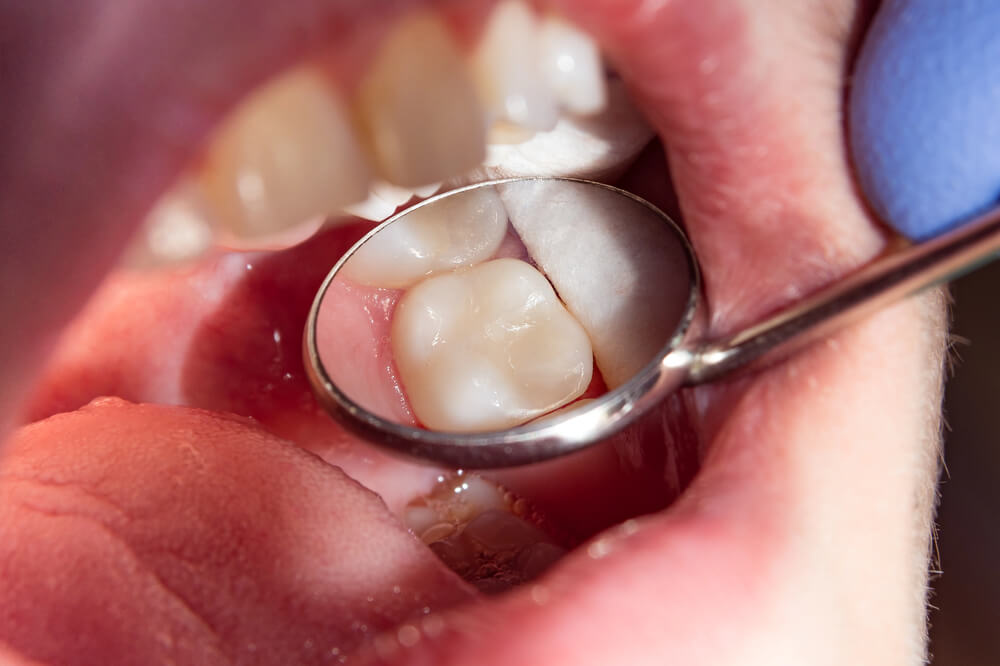In the realm of modern cosmetic dentistry, composite fillings have emerged as a popular choice for restoring teeth affected by decay or damage. Unlike traditional amalgam fillings, which are made from a mixture of metals, composite fillings are crafted from a blend of resin and glass particles, allowing for a more aesthetically pleasing and natural appearance. As dental technology continues to advance, understanding the intricacies of compound fillings becomes essential for patients seeking effective and long-lasting solutions for their dental health.
This article aims to delve into the world of composite fillings, exploring what they are, how they work, and the benefits they offer compared to other filling materials. Whether you’re considering a filling for the first time or simply looking to expand your knowledge about dental treatments, this comprehensive guide will provide valuable insights into the functionality and advantages of this cosmetic dentistry. Join us as we uncover the details behind this innovative dental solution and help you make informed decisions about your oral care.
1. What are Composite Fillings?
Composite fillings are a type of dental restoration material used to repair decayed, chipped, or fractured teeth. Composed of a mixture of plastic resin and finely ground glass particles, these fillings are designed to mimic the natural appearance of tooth enamel, thus also called as tooth-colored fillings. This aesthetic quality makes them particularly popular for use in visible areas of the mouth, such as the front teeth.
Unlike traditional amalgam fillings, which are metallic and can be quite noticeable, composite fillings blend seamlessly with the surrounding tooth structure, providing a more natural look. The versatility of this tooth-colored fillings extends beyond aesthetics. They can be used in various dental procedures, including cavity fillings, bonding, and even as part of cosmetic enhancements.
The material is available in a range of shades, allowing dentists to match the filling closely to the patient’s natural tooth color. This characteristic not only enhances the visual appeal but also contributes to the overall health of the tooth by providing a strong bond that helps to restore its integrity.
2. The Benefits of Composite Fillings
One of the primary advantages of composite fillings is their aesthetic appeal. Patients often prefer them over amalgam fillings because they can be color-matched to the existing teeth, making them virtually invisible. This is particularly important for individuals who are concerned about their appearance and want to maintain a natural smile.
Additionally, composite materials can be polished to a high shine, further enhancing their resemblance to natural teeth. Another significant benefit is the bonding capability of composite fillings. The resin material adheres directly to the tooth structure, which can help to reinforce the tooth and prevent further decay.
This bond also allows for less removal of healthy tooth material during the preparation process compared to amalgam fillings. Furthermore, composite fillings are less sensitive to temperature changes, which can reduce discomfort for patients after the procedure. Overall, these benefits make composite fillings a preferred choice for many dental professionals and patients alike.

3. How Composite Fillings Work
Composite fillings work through a process that involves several steps, beginning with the preparation of the affected tooth. The dentist first removes any decayed or damaged portions of the tooth to create a clean surface for the filling. Once the tooth is prepared, the composite resin is applied in layers.
Each layer is carefully shaped and molded to fit the contours of the tooth before being cured with a special light that hardens the material. The curing process is crucial as it ensures that the filling achieves its maximum strength and durability. After curing, the dentist will further refine the shape and polish the filling to ensure it blends seamlessly with the surrounding tooth structure.
This meticulous approach not only enhances the aesthetic quality but also contributes to the longevity of the filling, allowing it to withstand normal chewing forces and resist wear over time.
4. The Process of Getting Composite Fillings
The process is typically begins with a dental examination and consultation. During this visit, the dentist will assess the extent of decay or damage and discuss treatment options with the patient. If composite fillings are deemed appropriate, an appointment will be scheduled for the procedure itself.
On the day of the procedure, local anesthesia is often administered to ensure that the patient remains comfortable throughout. After numbing the area, the dentist will remove any decay and prepare the tooth for filling. Once prepared, layers of composite resin are applied and cured as previously described.
The entire process usually takes about an hour or so, depending on the complexity of the case. Afterward, patients may experience some sensitivity, but this typically subsides within a few days.
5. Comparing Composite Fillings to Other Types of Fillings
When comparing composite fillings to other types of dental fillings, such as amalgam or gold, several factors come into play. Amalgam fillings are known for their durability and strength but lack aesthetic appeal due to their metallic appearance. They are often used in posterior teeth where visibility is less of a concern.
In contrast, composite fillings offer a more natural look but may not be as durable as amalgam in high-stress areas. Gold fillings are another alternative that provides excellent durability and longevity; however, they are significantly more expensive than both amalgam and composite options. While gold fillings can also be color-matched to some extent, they still do not offer the same level of aesthetic integration as composite materials.
Ultimately, the choice between these filling types depends on individual patient needs, preferences, and budget considerations. Each material has its own set of advantages and disadvantages that should be carefully weighed during discussions with a dental professional.
Ready to Restore Your Smile? Schedule Your Appointment Today
Composite Fillings is one of the most affordable cosmetic dentistry procedures available, they not only enhance the appearance of your smile but also restore its functionality. If you’re in Murfreesboro TN, Dr. William Fitzgerald at Fitzgerald Dentistry is dedicated to providing high-quality composite filling services tailored to meet your individual needs. With a commitment to patient care and satisfaction, Dr. Fitzgerald ensures that each procedure is performed with precision and attention to detail.
Don’t let dental imperfections hold you back from smiling confidently. Whether you have minor chips or more significant cracks, composite fillings can effectively address these issues while blending seamlessly with your natural teeth. By choosing Fitzgerald Dentistry, you are opting for a trusted provider who prioritizes your oral health and aesthetic goals.
Take the first step towards restoring your smile today. Book your appointment with Dr. William Fitzgerald and experience the transformative benefits of composite fillings.

